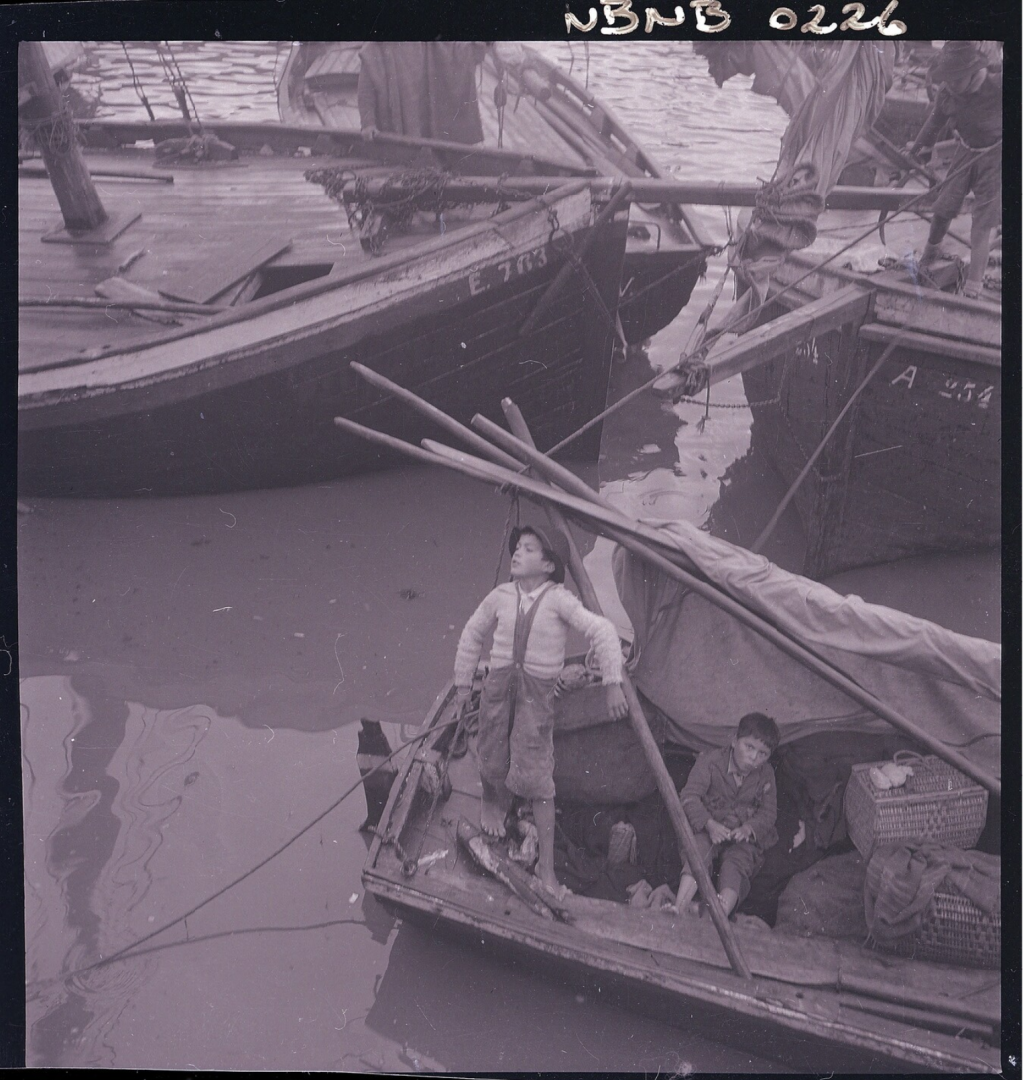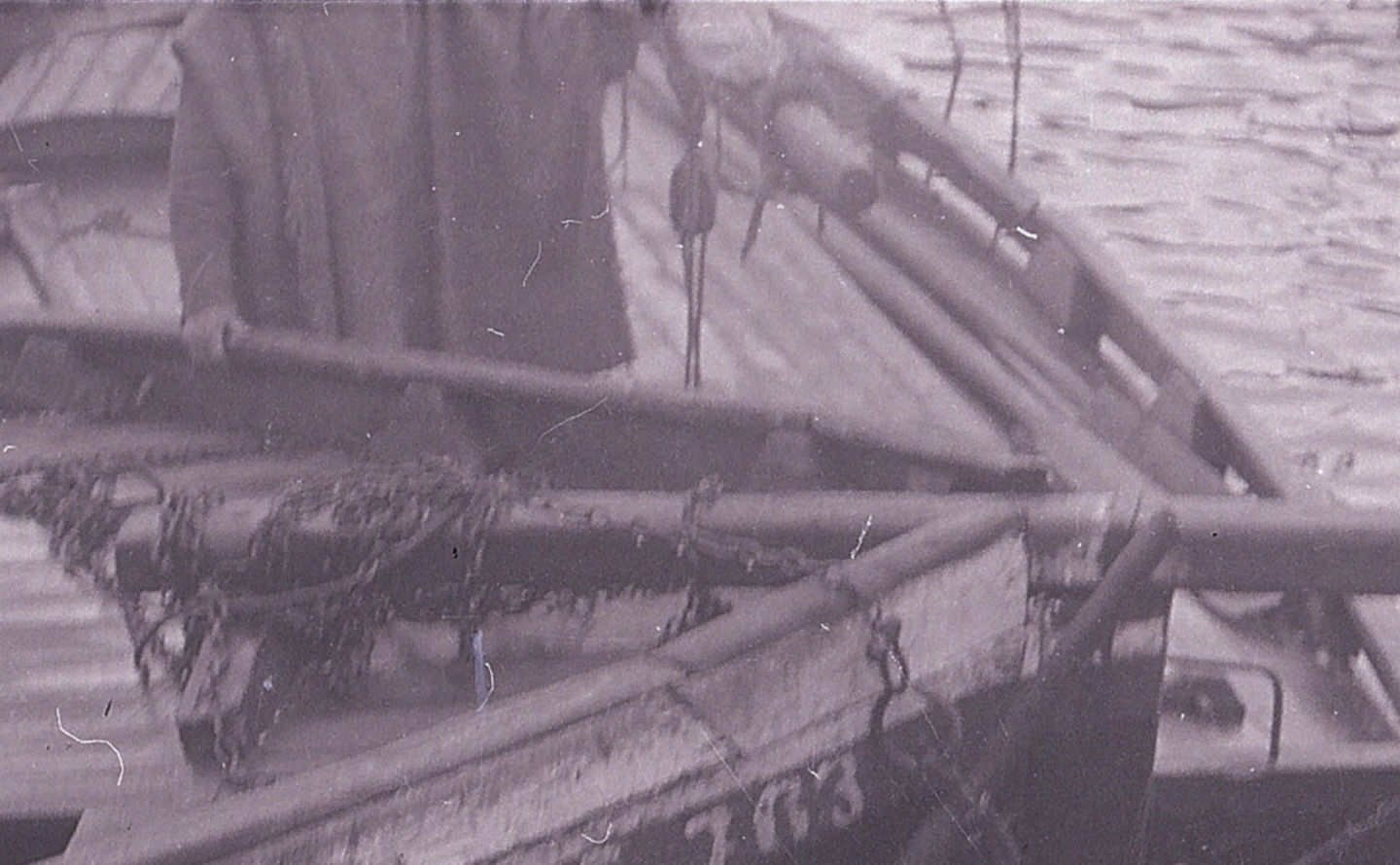-
Posts
1,308 -
Joined
-
Last visited
Content Type
Profiles
Forums
Gallery
Events
Everything posted by JacquesCousteau
-

Ironing Paper Sails
JacquesCousteau replied to JacquesCousteau's topic in Masting, rigging and sails
Thanks, all! Based on your suggestions, I experimented a bit. -
Thanks, all! It took a bit longer than I thought, but the sails are now just about done, needing only the boltrope. As mentioned earlier, I began by painting a large coffee filter in a mix of acrylic paint, white glue, and water and letting it dry on stretched plastic wrap. Looking at photos of lanchas, there was a lot of variety in sail panel widths. The lancha below, for instance, has 8 panels across the gaff sail: Source: https://www.bibliotecanacionaldigital.gob.cl/bnd/629/w3-article-164339.html While this one has twelve or thirteen (and also shows lots of repairs). Source: https://www.bibliotecanacionaldigital.gob.cl/bnd/629/w3-article-613540.html And at the other end of the scale, this one has six: Source: https://www.bibliotecanacionaldigital.gob.cl/bnd/629/w3-article-164310.html I'm not really sure why there was such variation. As far as I can tell, there isn't a strong correlation between fewer panels and more recent dates, which you would expect if larger strips of fabric or stronger fabric came into use over time. I suspect it just depended on what materials were available at the time where the lancha was built. In any case, I decided that making a six-panel gaff sail would be as accurate as one with a lot of smaller panels, but would have fewer chances for something to go wrong. I cut the panels accordingly, as well as some thin strips for the edge bands. To glue the panels together, I used Aleene's Fabric Fusion glue, which dries strong but transparent and doesn't wrinkle the filter paper nearly as much as white glue would. I put plastic wrap over the template, and then began gluing the panels together. I overlapped them by about 3/64-1/16 of an inch, which is maybe a little oversized for scale, but I was worried that the sail wouldn't hold together well if I went smaller. Once it dried, I took out the template, outlined the sail, and cut. I then did the same to make the jib. This process seemed to work all right, but I did run into some trouble with the thin cheap plastic wrap sticking to the glue residue and ripping rather than peeling off. This was especially true for the jib. In the future, I might go for a thicker, sturdier plastic sheet instead of the cheapest plastic wrap around (which also, I should note, was tricky to get flat as it bunched to itself extremely easily). I also noticed that, between the gluing and peeling the plastic off, the sails got a little more wrinkled than I would have liked. I posted about the wrinkling issue in a separate thread, and received a lot of helpful comments. While I figured out how to deal with the wrinkling, I added the reinforcement strips along the edges and the corner reinforcements. In hindsight, I probably could have made the edge strips a bit thinner. After considering the advice I received about how to iron (or not) the sail, I decided to run some tests on scrap material. Unable to get baking parchment paper, I placed the sail material between two sheets of wax paper and put a rag over the top. On low heat, the iron didn't do anything, probably because the rag is pretty thick. Higher heat did press the sail material a little flatter. On a whim, I then slightly dampened the sail material and tried that (still in the wax paper and under the rag), which caused the paint to run. Lesson learned! For the actual sails, I carefully ironed them without moisture between wax paper and under the cloth. It helped a bit, although they're not the smoothest of sails. At this point, all that the sails need before being added to the mast/spars is the bolt rope. I should note that I have not seen any photos showing reef points on a lancha sail. I'm not entirely sure why, as they certainly faced strong winds. According to Clinton R. Edwards's article on the Lancha Chilota, they usually hugged the coast and simply put into the nearest bay whenever the weather got too rough. Unfortunately, at this point I realized that I made a mistake somewhere in the process, and the jib is slightly too large to properly fit under the jib halyard block--the tip of the sail will be basically in the block. I'm not sure how that happened, given that I had checked with the template. I think I'll redo the jib halyard block strop to be shorter which should raise it sufficiently to work with this sail.
- 312 replies
-
- Chile
- Latin America
-
(and 6 more)
Tagged with:
-
Nice work!
-
I'm working on making paper sails for my Lancha Chilota build, and was wondering if anyone had any advice on how to iron them. The sails are made of coffee filter paper, colored and stiffened with a watered-down mix of acrylic paint and white glue, and the panels are glued on with Aleene's Fabric Fusion glue. While it isn't horribly wrinkled, it would be nice to get it a little flatter, but I'm not sure what the best way to iron it would be--low or high heat? Underneath a cloth to avoid direct contact with the iron? Damp or dry? If anyone has any experience with ironing paper sails, I'd love to hear it. Thanks in advance!
-
Welcome to the forum! I haven't built this model, but if you search for build logs of the Syren 1:24‐scale Medway Longboat, I think you'll find a lot of helpful information. Syren's kit is a larger-scale and more detailed model of a very similar vessel, and it was designed by the same person, Chuck Passaro. He's active on this forum, and has a very detailed Medway Longboat build log that might be helpful. Syren also has its instructions free for download, and it probably would tell you what you need. The only thing to keep in mind is that, with your model in a smaller scale, it will be more difficult to strop the blocks and make other parts of the rigging. There are also plenty of build logs for this exact kit, some of which may show in detail what you're after. Best of luck! PS: Syren's guide for stropping blocks (available for download on its website) is also extremely helpful--it doesn't quite replicate how actual blocks were stropped, but it shows a way that's pretty easy and looks good.
-
It looks great as it is. If you're not in the mood to rig it but think you might change your mind in the future, I think you could leave it as-is and add the masts later. Another interesting option might be to add stub masts or just the lower masts, which wouldn't add too much to the space requirements but might give it more of a "finished" look.
-
Thanks, Keith! The box won't be used for this model (photos show that non-firewood cargo was more often carried in sacks), but one benefit of trying to make most of my models in 1:32 scale is that a lot of accoutrements are interchangeable, so it will probably be used for some other build. Remaking the box was straightforward. It's just a little smaller in each dimension, but it looks like a much better fit. I also started work on the sails, which I'll be making by joining together panels cut from a big coffee filter. I first tried stretching plastic wrap over a flat surface (a side table), but the wrap bunched up a lot and was impossible to keep flat, which I realized would lead to a wrinkled, unevenly-colored sail. So, I instead stretched some plastic wrap over the back of my NRG Half-Hull frame. The ability to stretch the plastic over an empty space made it much easier to get a flat surface. Unfortunately the sudden change meant I had to haphazardly cut the still-wet coffee filter to size, leaving a jagged edge. While I advance on the sail, I also made another deck accoutrement. Photos like the one in my last post often show a glass bottle wrapped in wicker. According to Clinton R. Edwards's article "Commercial Sail and Small Fishing Craft of Western South America" (The Mariner's Mirror Vol. 53, No. 4, Nov. 1967: 357-369)*, it was common in Colombia and Peru for fishermen to carry their drinking water in glass or ceramic bottles protected from breakage by a wicker or net wrap, and based on photos it seems Chilote sailors did the same. I began by carving a bottle from the end of a 1/4‐inch square basswood strip. After rounding it and somewhat tapering with a mini block plane, I used a sanding drum on a rotary tool to get more of a bottle shape, holding the tool steady and spinning the strip in my hand. I nearly took off too much material right at the start, but it worked out in the end. I then drilled out the top and used a razor saw to cut the bottle from the strip. It didn't look too oversize, considering that it's a pretty big bottle (about 8 inches diameter), but I was wary of scale issues after having had to redo the box, so I trimmed the bottom and neck a bit. I then placed a toothpick in the opening to better handle the bottle and to serve as a cork once cut off later, and painted the bottle a dark green, which seemed like a reasonable glass color. I then began to weave around the bottle using .2mm nylon thread, as I did for one of the baskets on the Canoa build. Around the sides, I went with a much looser weave than I had used on the basket, to better show that this was a bottle wrapped in a protective coating. The neck was a bit of a challenge, as pulling the thread tight tended to make it slide down off the bottle neck. I finished it off by wrapping the excess a few times around the neck and tying off a simple handle, cutting off the excess toothpick to create a cork stopper, and giving the whole thing a coat of matte varnish to hold everything in place. Overall I'm happy with how it turned out, although maybe it would have looked better with a thinner material and more stakes (although adding more stakes would have produced a bulkier bottom). *I should note that the Edwards article is invaluable for understanding "traditional" workboats on the Pacific coast of South America, although it would be significantly more useful for modeling if it had included any hull lines or at least more photos. A few particularly interesting tidbits: - Pre-hispanic vessel types (although often modified with European influence) seem to have predominated through the colonial period, with generally limited impact from European-style designs until the early 1800s or so. This comports well with Maino Prado's observations about Chile discussed in an earlier post. - Sloops and schooners remained in frequent use for coastal trade in Colombia and Ecuador by the mid-20th century, focusing on small towns and trade routes that were ignored by more expensive motor vessels. - There were a number of distinct vessel types, including double-ended rowing vessels clearly influenced by whaleboats, and the Peruvian "bote de pescador"‐‐a beamy, partially-decked, single-masted lugger. As happened in San Francisco, immigration by Italian fishermen led to the introduction of Mediterranean-style lateeners, called "faluchos" in Peru (but quite different from the Chilean "falucho maulino" mentioned in an early post in this topic). - In arid parts of the Peruvian coast, the preferred boatbuilding lumber by the mid-20th century was pine imported from the Pacific Northwest of the United States, which local boatbuilders considered superior to Chilean lumber.
- 312 replies
-
- Chile
- Latin America
-
(and 6 more)
Tagged with:
-
A slight setback. In the photo below, you can see what looks like a small box of firewood on the deck of the lancha. I thought this could be a fun detail to add, to have some small split pieces of firewood alongside the longer pieces I already made. Source: https://www.bibliotecanacionaldigital.gob.cl/bnd/629/w3-article-644834.html The box was pretty straightforward to make, and the firewood was made by the same process as earlier. Unfortunately, when I put it on the hull, I found that the box looked disproportionately large. I had tried to judge the size from the photo, but I guess I had said "just a hair larger will be fine" a few times too many. It's still not a particularly large box, but a big bigger than I would like. The firewood, at least, can still be used, and it won't be too hard to make a smaller box. It's a good reminder to stick to scale dimensions rather than to change things up on the fly. I've also been working on the sails. I've got basic paper templates made, and hope to start on the actual sail soon. I plan on making the sails from strips of coffee filter paper glued together, and as I've had trouble in the past getting things to stick with watered-down white glue (which also has a tendency to swell and distort the material), I decided to test another glue. I used Aleene's Fabric Fusion glue to good effect for some touch-ups on the Canoa sail, so I gave it a try for the seams on some scrap. Unfortunately, I found that any excess left a shiny residue. I then tried a matte varnish to cover it, but the varnish I have left its own residue. Finally, I tried some leftover transparent matte acrylic spray that I've been using in my carpentry workshop. It seems to have worked pretty well. The one issue is that my scrap material was a bit wrinkled to begin with, and didn't exactly improve with all these tests, so I'll be testing to see if I can flatten it out with an iron (carefully and with some material covering the paper to avoid burning) or if it will work if I spray it at an earlier stage.
- 312 replies
-
- Chile
- Latin America
-
(and 6 more)
Tagged with:
-
Very interesting! So, while coppering was certainly expensive, it significantly cut down on the need for expensive full refits every few years of ships sent into warmer waters. So some portion of the funding for coppering could have just come out of the maintenance budget (in theory, although in practice I have no idea if the Royal Navy handled its finances in that way).
-
Excellent work and great catch on the errant bulkhead! The model’s really coming along well. Very interesting statistic about how quickly the royal navy coppered its ships. That's a lot of copper, and as I was under the impression (possibly incorrectly) that coppering was expensive, I wonder how they financed it.
-
I'm making good progress with the furnishings and equipment, although I still have a few things to do. First up, I finally got around to making a fore hatch prop in the form of a forked stick. I did this by first bending two toothpicks (one of which had been sanded down to a slimmer thickness). I then drilled a small divot into the thicker one, glued in the thinner one, and then cut to size. I also slightly whittled the edges to give it less of a uniform look, and added a bit of stain and a dark acrylic wash. I then glued it in place, propping open the forward hatch. I wasn't quite pleased with it, though. I decided that it looked a bit thick. So, I carefully removed it, whittled the stick down a bit, and re-stained and colored it before reattaching it. It's a subtle difference, but worth it. While working on that, I also got started on attaching the anchor. Although some photos show chains, others show cables instead, so I went with that to save myself the hassle of blackening a chain. I would have expected the anchor cable to be the thickest rope on the lancha, but looking at photos, in most cases it looked to be about the thickness of the rigging ropes. I'll be using 0.6mm rope for the mainsheet, so I decided to use that rope for the cable, as well. Photos show it was knotted and looped around the bowsprit, so I went with something fairly simple and then loosely rolled the rope on deck. Getting it to sit right took a lot of watered-down glue and some very small but dense weights. I found that nails worked well. I then tied it off to the anchor, which I rested upside down hanging off the rail (one of many ways the anchor was placed, according to photos--I thought this looked better than simply resting on deck). Getting the rope into a nice curve took some creative, light "clamping." With that dry, here's the current state of the deck, with the boards and firewood not jet glued as I may fiddle with placement. I ultimately decided against adding a "split log" to the firewood, as I don't want the deck to be excessively busy, and there are still a few more things to add.
- 312 replies
-
- Chile
- Latin America
-
(and 6 more)
Tagged with:
-
While I like the zen garden base idea, I agree that it competes with the ship for attention. The stone base looks quite nice, and I agree with @Thukydides about the moss idea.
- 106 replies
-
- Kentoshi-Sen
- bottle
-
(and 1 more)
Tagged with:
-
Thanks, all! Yes, a lot of the metalwork was probably made by non-specialists. Lancha owners and crew were not full-time sailors, but most often farmers who needed to get around the archipelago and bring their goods to market. While sources are clear that overall vessel construction was done by more specialized boat builders, most of the metalwork would have probably been done by local blacksmiths and the like who had to be "good enough" at making and repairing a wide range of items. Actually, the 1949 image in my recent post shows a different stock design which is straight (more or less), surprisingly thick, and not quite perpendicular to the arms. I had a range of options when it came to designing my model's anchor, and decided on the bent-stock design for the added visual interest it offers.
- 312 replies
-
- Chile
- Latin America
-
(and 6 more)
Tagged with:
-
Also, a brief note. While images from about the 1960s onward (including the photos by Carlos Vairo from the 1980s that I've repeatedly linked to) are very clear that lanchas were using internally-stropped blocks by then, I had gone with rope-stropped blocks on my build. This wasn't just because they are easier to make and stropping is a skill I wanted to learn (although those both did shape my decision), but also because I had seen rope-stropped blocks in earlier photos. However, I've been a bit nervous lately as I couldn't find the photos showing that, leaving me wondering if I had misremembered things and would have to redo all the blocks. Fortunately, I re-found it, and now can confirm that my rope-stropped blocks are accurate. While I've been bookmarking all of the useful images I came across with keywords, I hadn't thought to include "blocks" as a keyword, which has now been remedied. The photo below, by Ignacio Hochhäusler, is from between 1949 and 1960 (the date is variously given as that range or 1949). It shows a few lanchas in port and, closer to the camera, a couple children in a smaller open vessel (not a chalupa, as it has a transom stern). There's a lot of good detail in the photo showing bowsprit rigging on the lanchas and quite a few large woven baskets in the smaller vessel. If you're interested in seeing more, you can follow the link and click the blue "Visualizar" link (with the eye image) to the top left of the image to see a much higher-quality scan. Source: https://www.bibliotecanacionaldigital.gob.cl/bnd/629/w3-article-164722.html If we zoom in at the top of the image, on the furthest lancha we can see what is unmistakably a rope-stropped block dangling from the boom. So, I'm on firm ground with my decision to include rope-stropped blocks, and don't have to redo them. My goal with this build is to represent a midcentury lancha. It has some features that would have been relatively recent innovations at the time, such as the longer and higher-peaked gaff, but also is still using rope-stropped blocks, and uses ordinary rope instead of the brightly-colored synthetics that we can see in the 1980s Vairo photos I've linked to before.
- 312 replies
-
- Chile
- Latin America
-
(and 6 more)
Tagged with:
About us
Modelshipworld - Advancing Ship Modeling through Research
SSL Secured
Your security is important for us so this Website is SSL-Secured
NRG Mailing Address
Nautical Research Guild
237 South Lincoln Street
Westmont IL, 60559-1917
Model Ship World ® and the MSW logo are Registered Trademarks, and belong to the Nautical Research Guild (United States Patent and Trademark Office: No. 6,929,264 & No. 6,929,274, registered Dec. 20, 2022)
Helpful Links
About the NRG
If you enjoy building ship models that are historically accurate as well as beautiful, then The Nautical Research Guild (NRG) is just right for you.
The Guild is a non-profit educational organization whose mission is to “Advance Ship Modeling Through Research”. We provide support to our members in their efforts to raise the quality of their model ships.
The Nautical Research Guild has published our world-renowned quarterly magazine, The Nautical Research Journal, since 1955. The pages of the Journal are full of articles by accomplished ship modelers who show you how they create those exquisite details on their models, and by maritime historians who show you the correct details to build. The Journal is available in both print and digital editions. Go to the NRG web site (www.thenrg.org) to download a complimentary digital copy of the Journal. The NRG also publishes plan sets, books and compilations of back issues of the Journal and the former Ships in Scale and Model Ship Builder magazines.




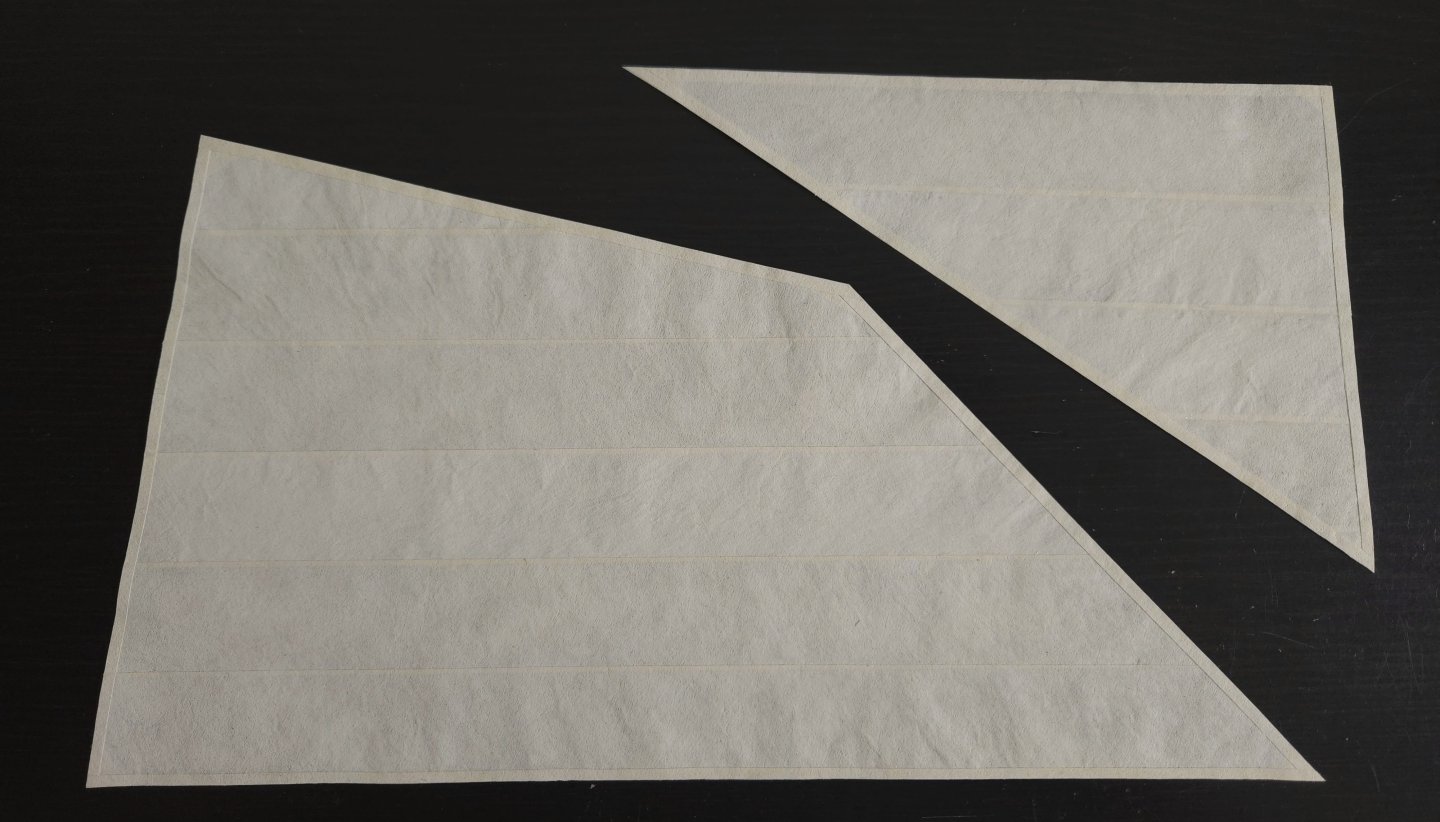
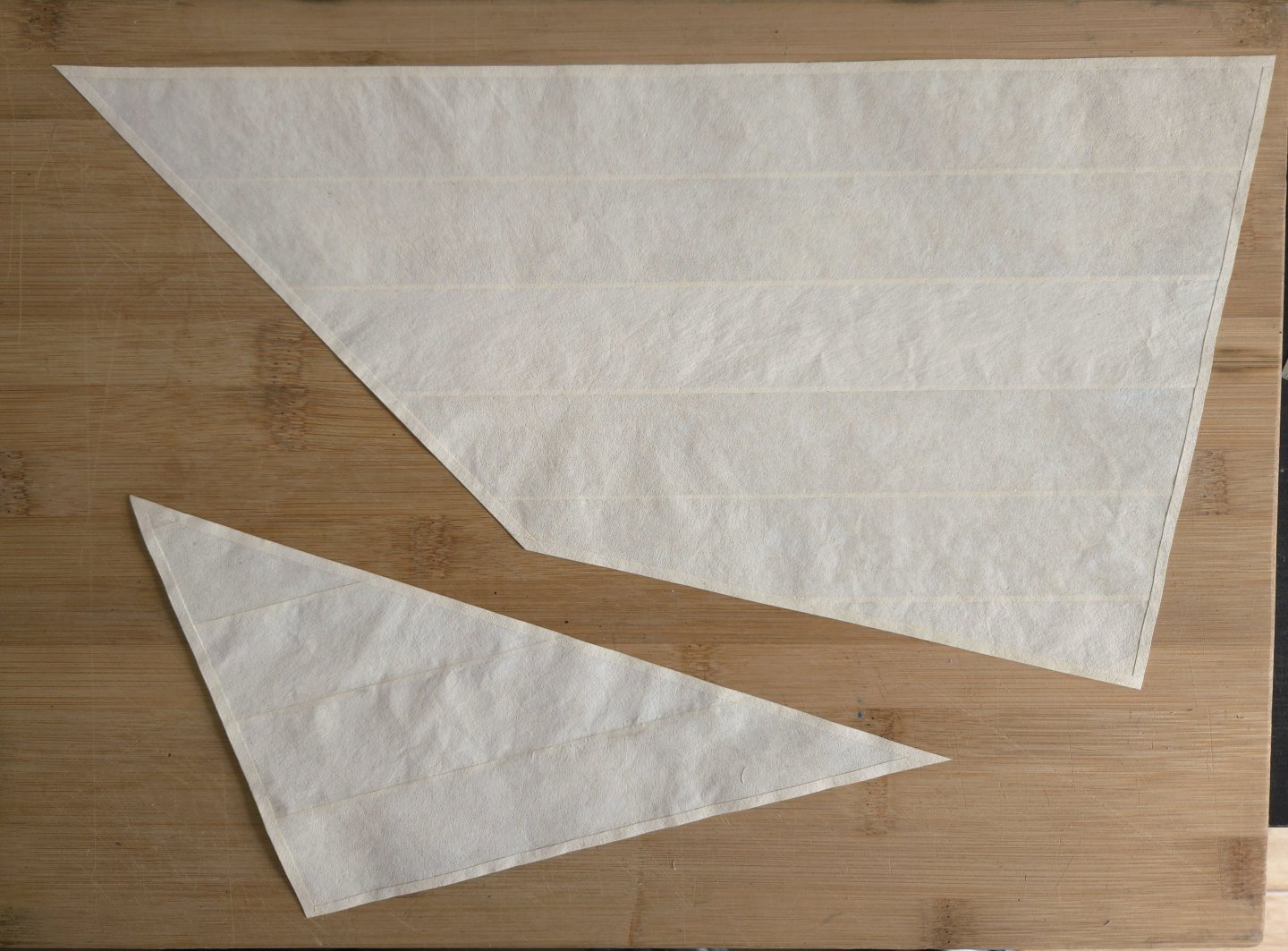
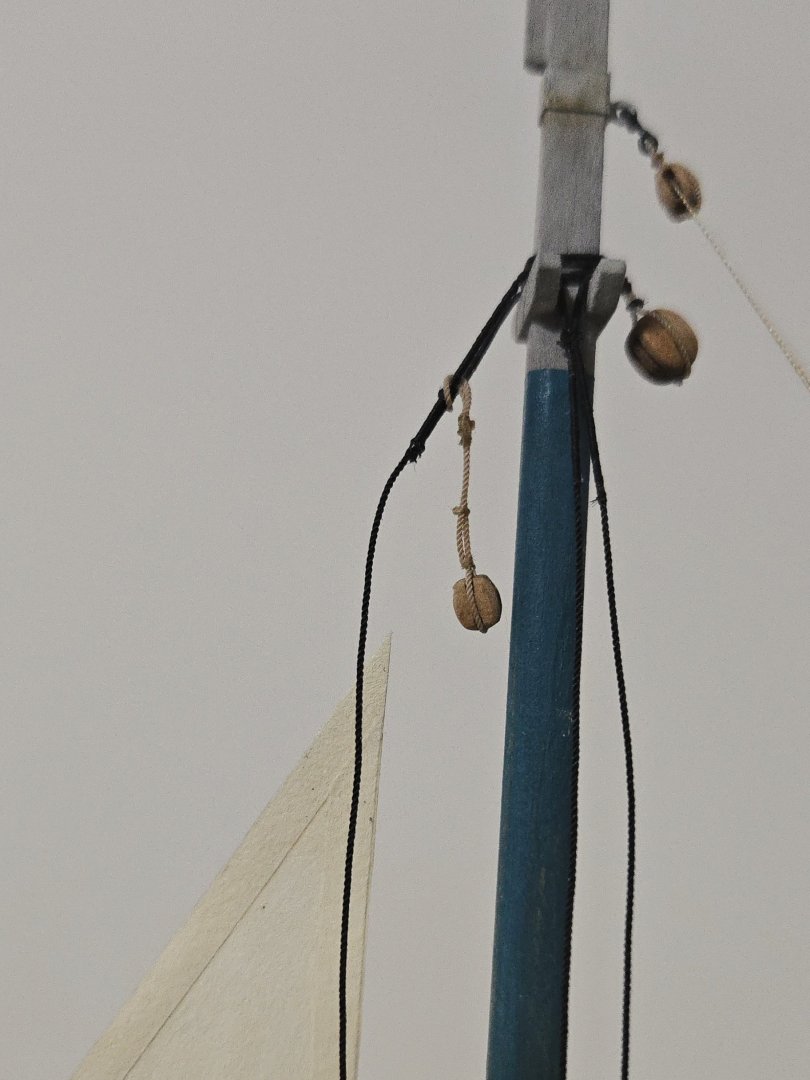
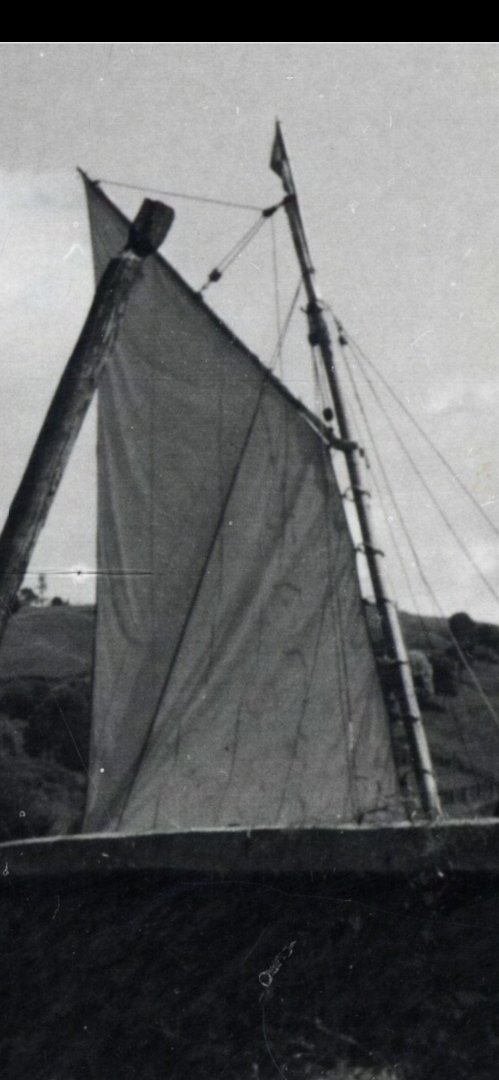
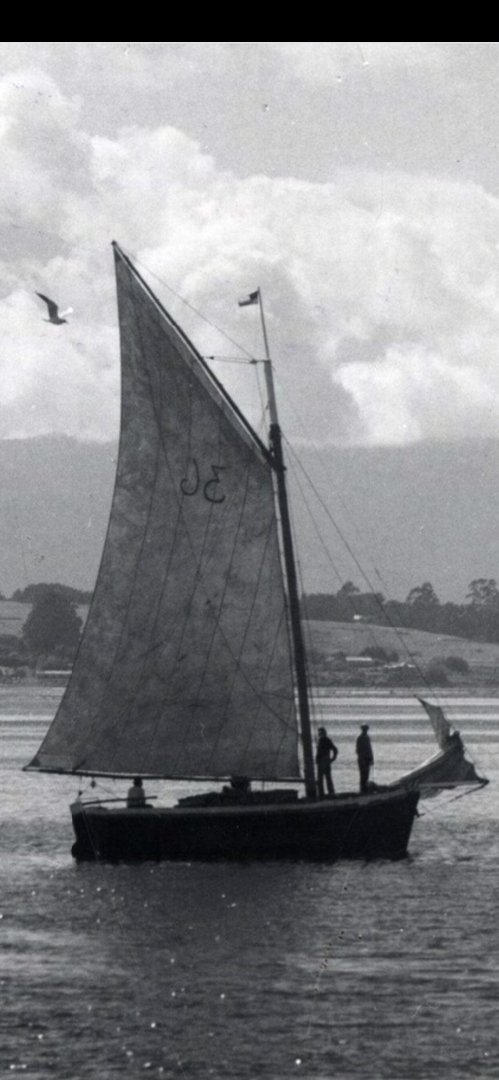
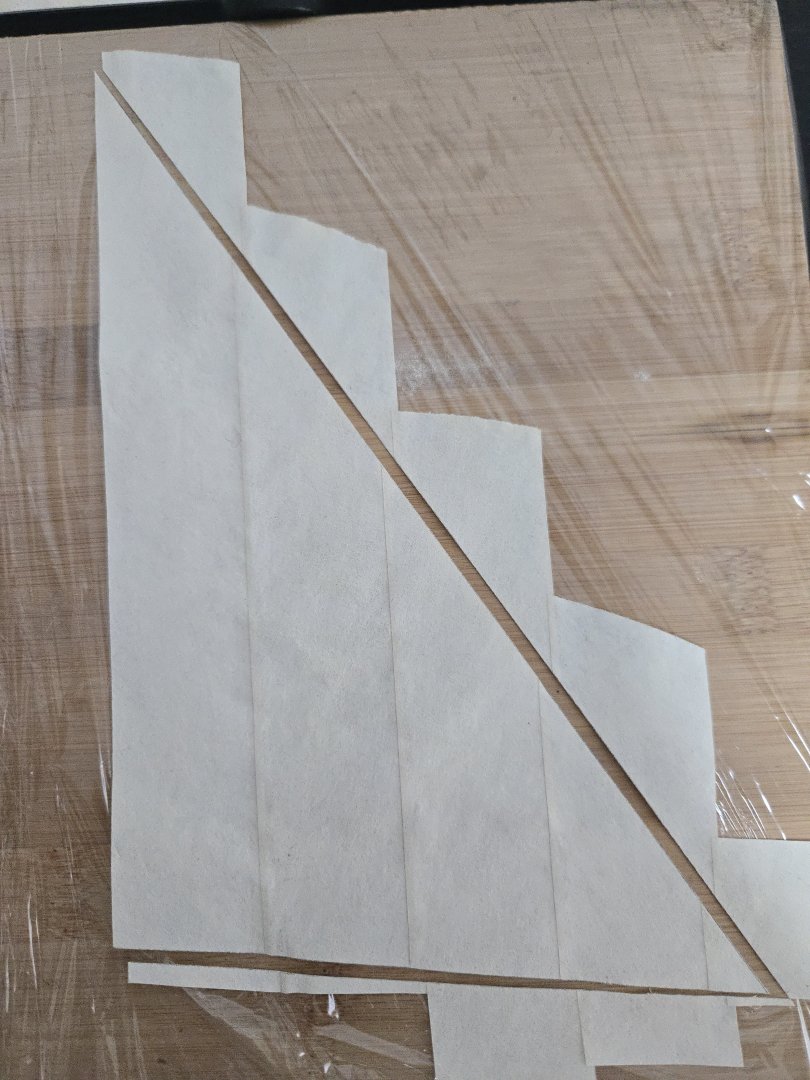
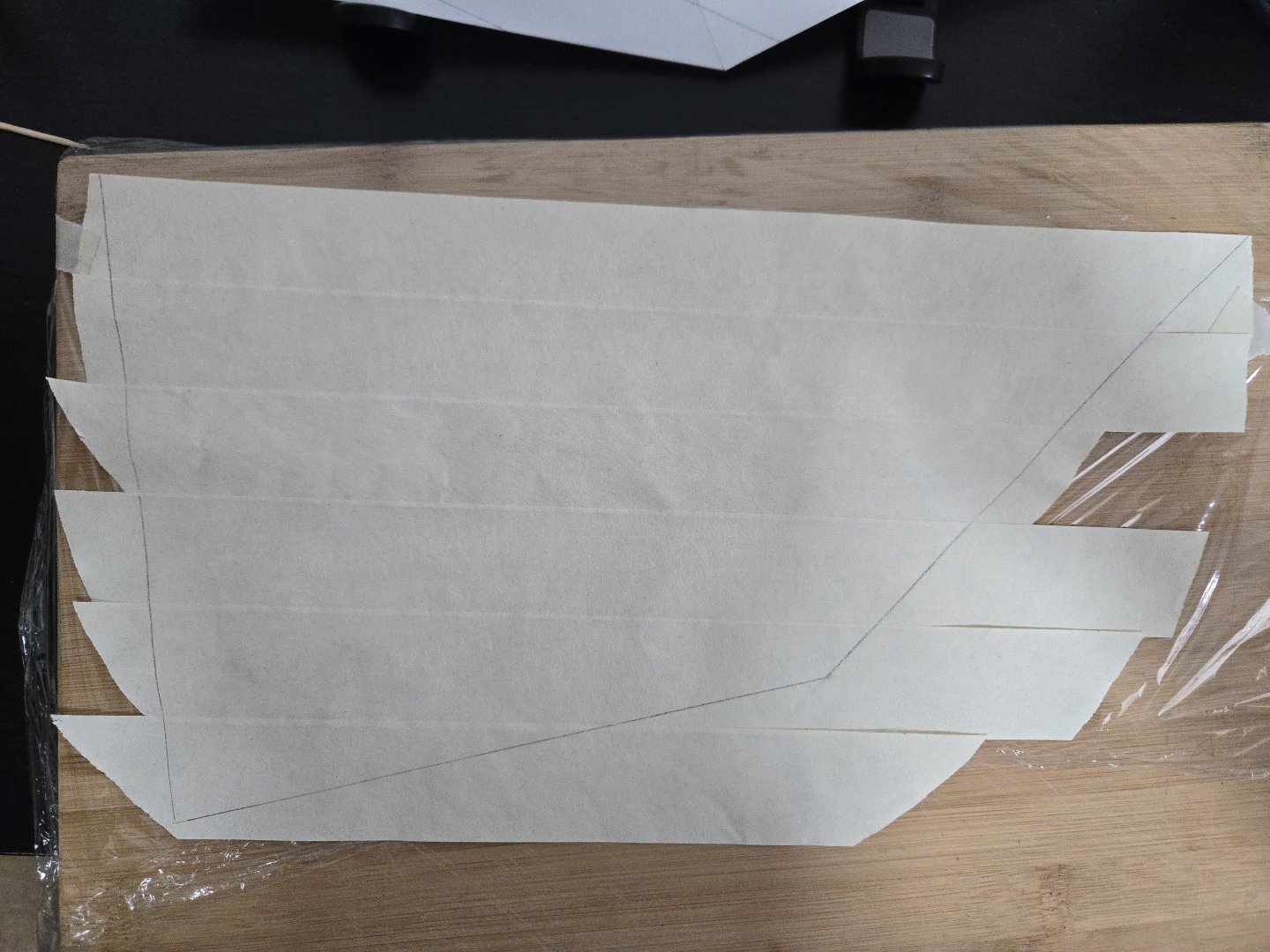
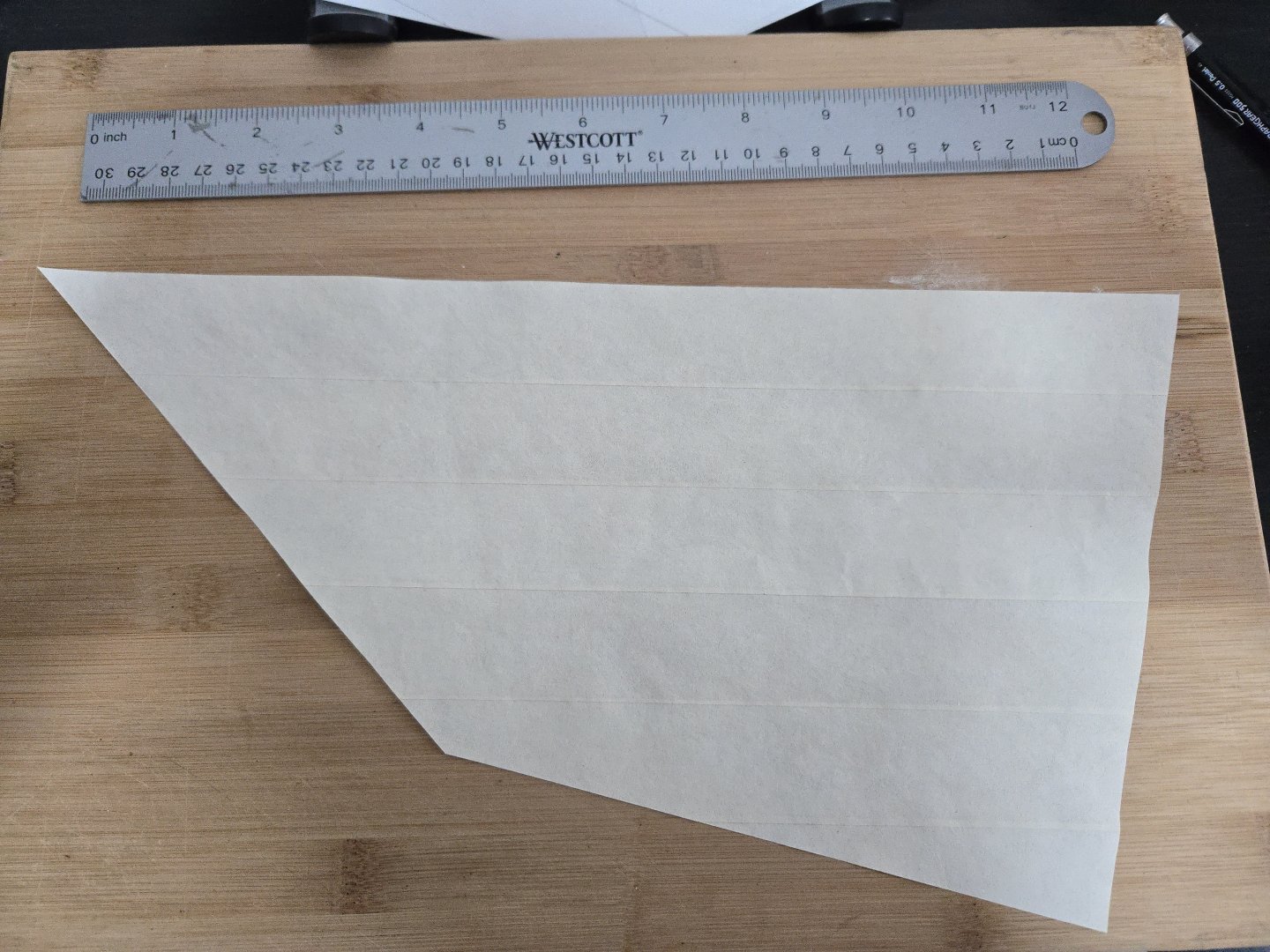

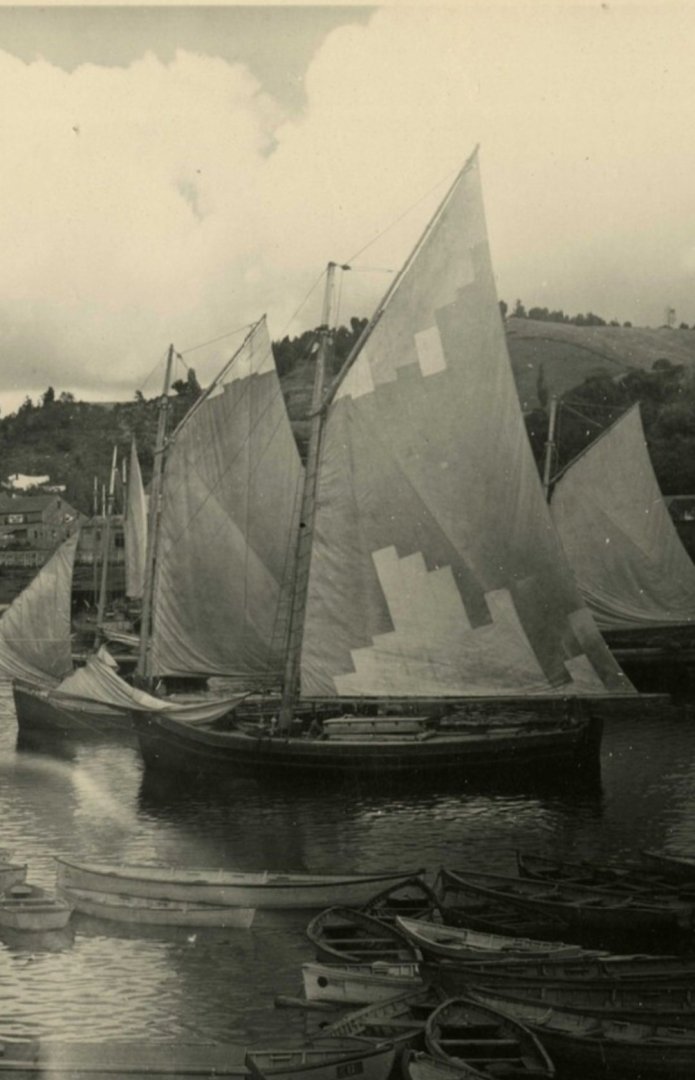
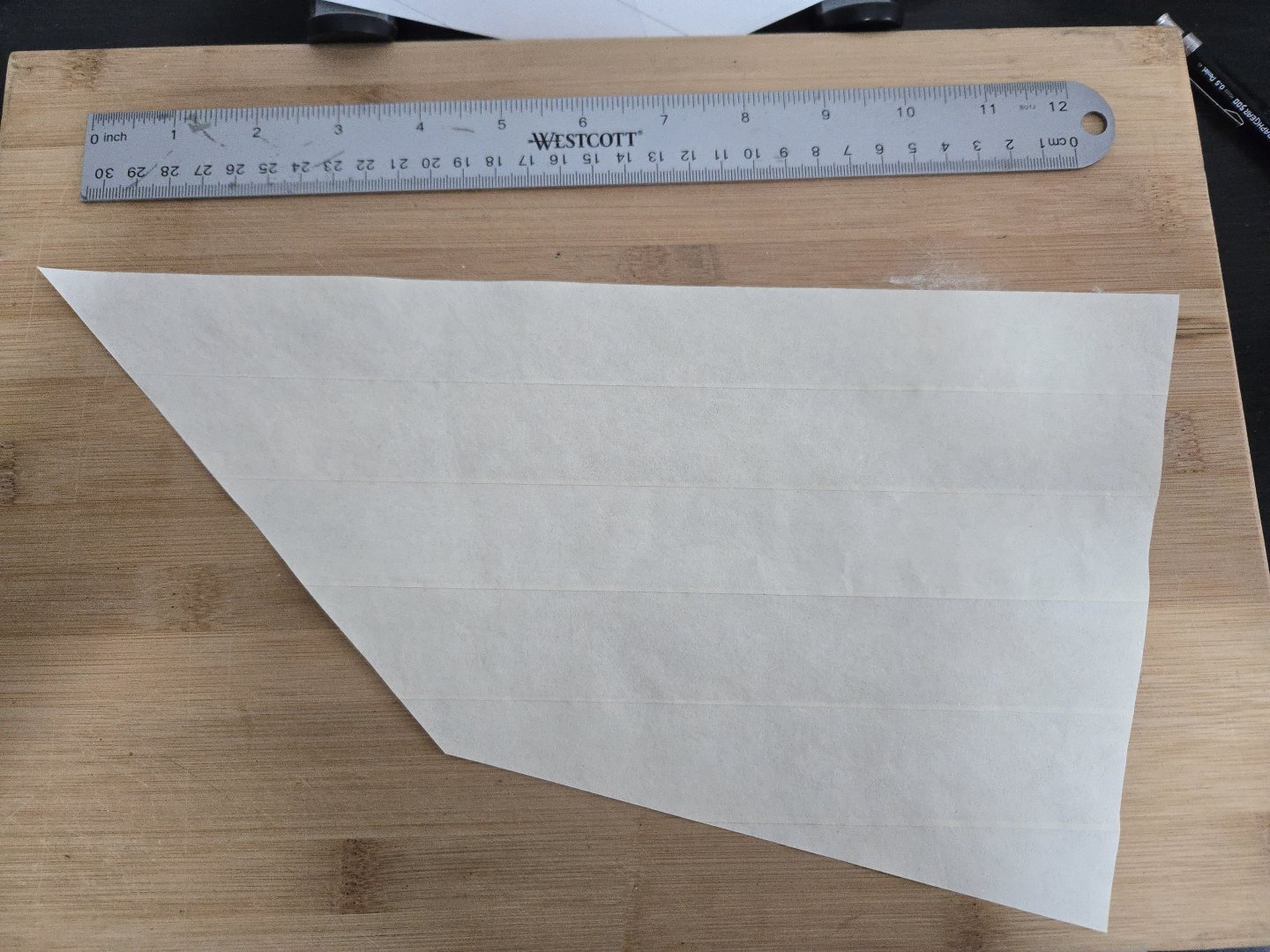
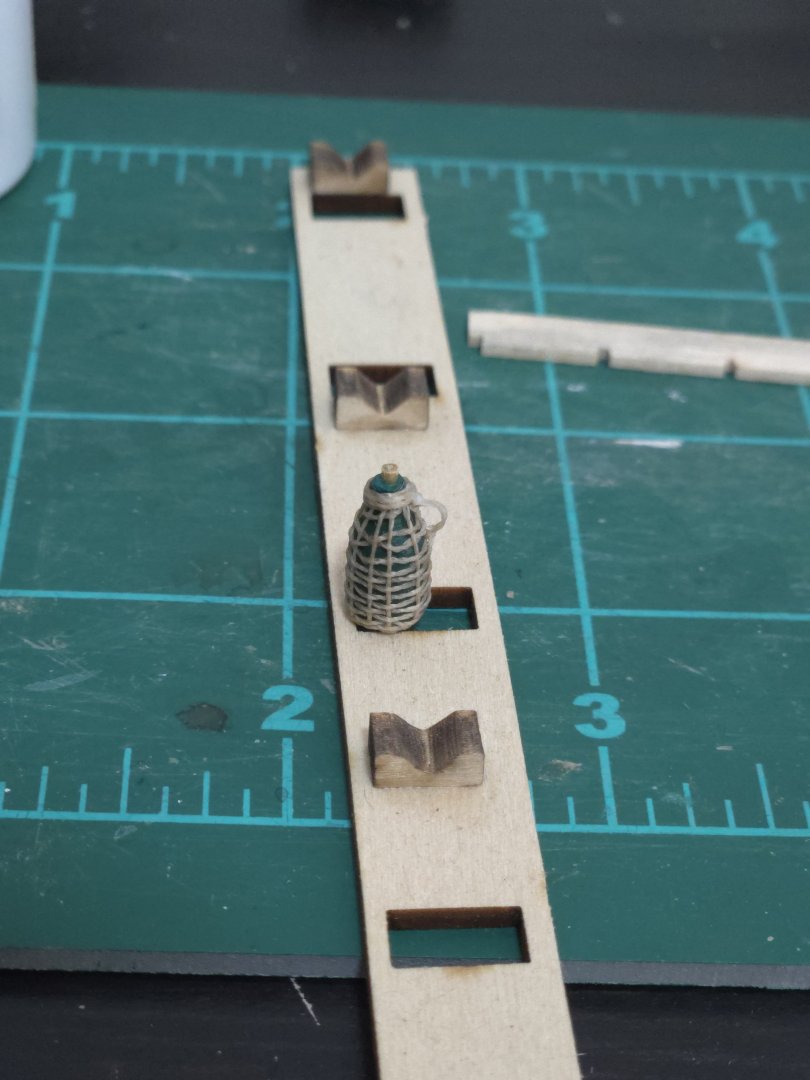

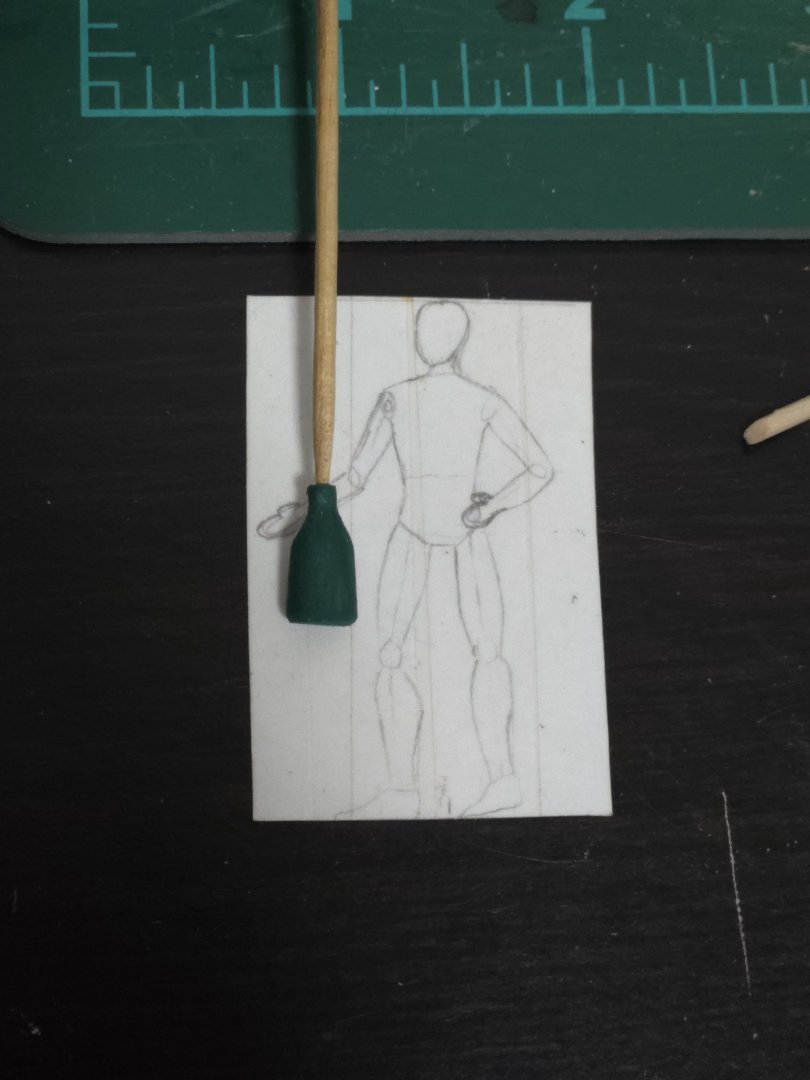
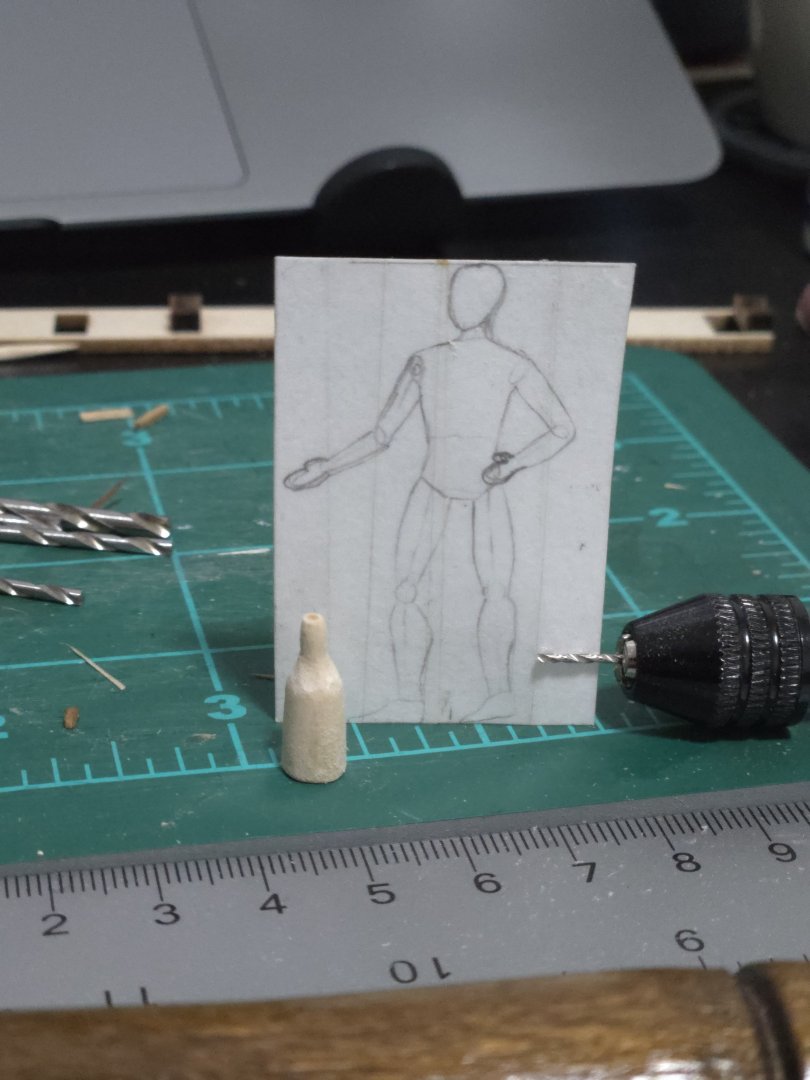
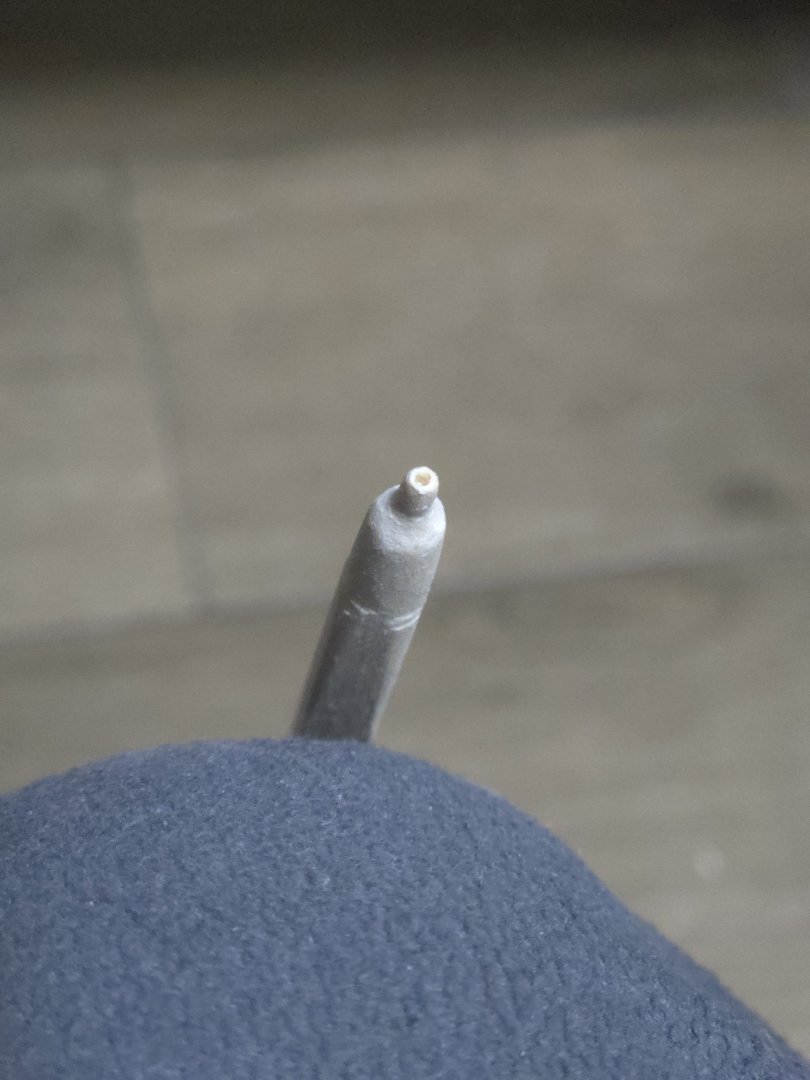
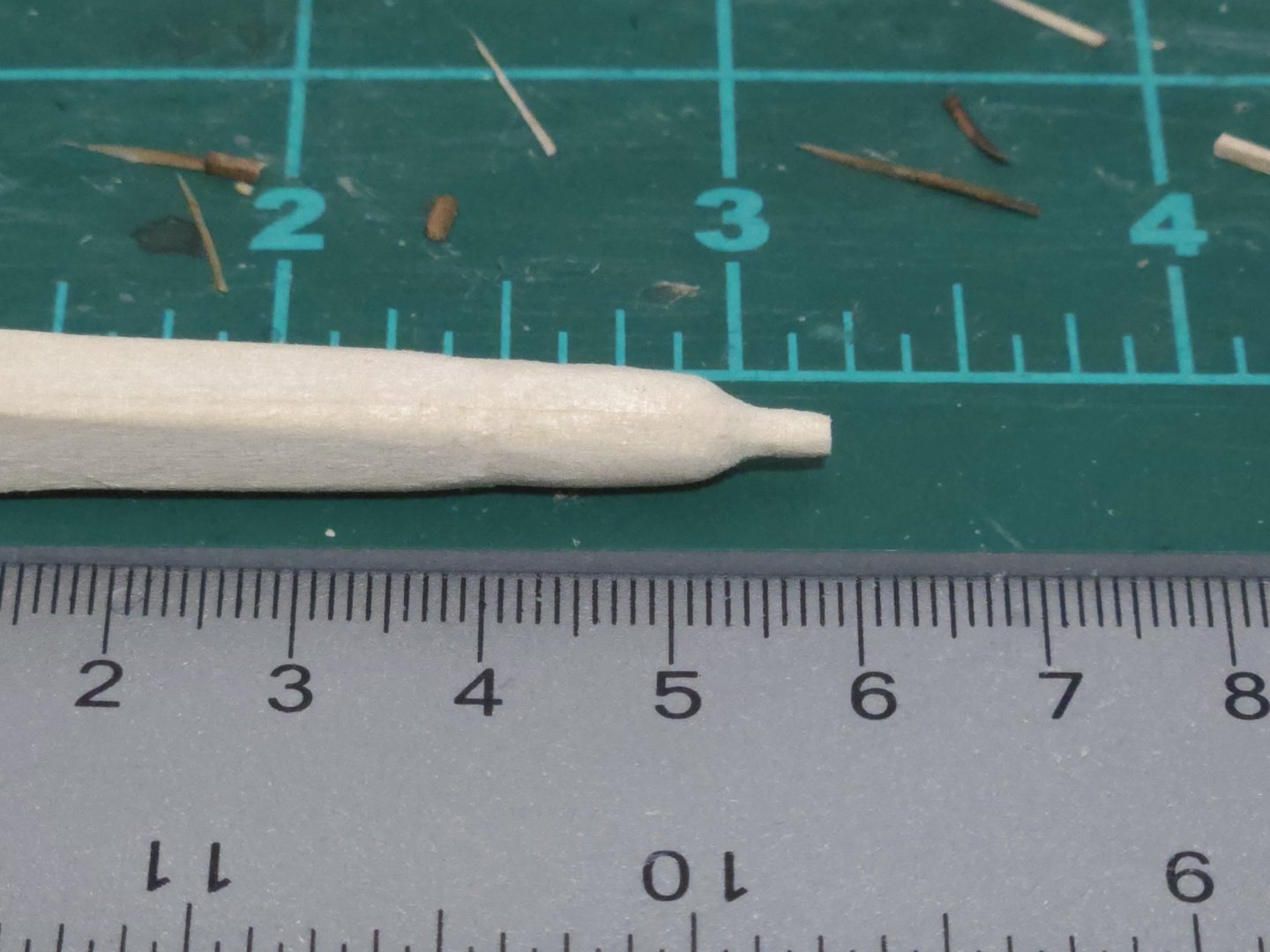
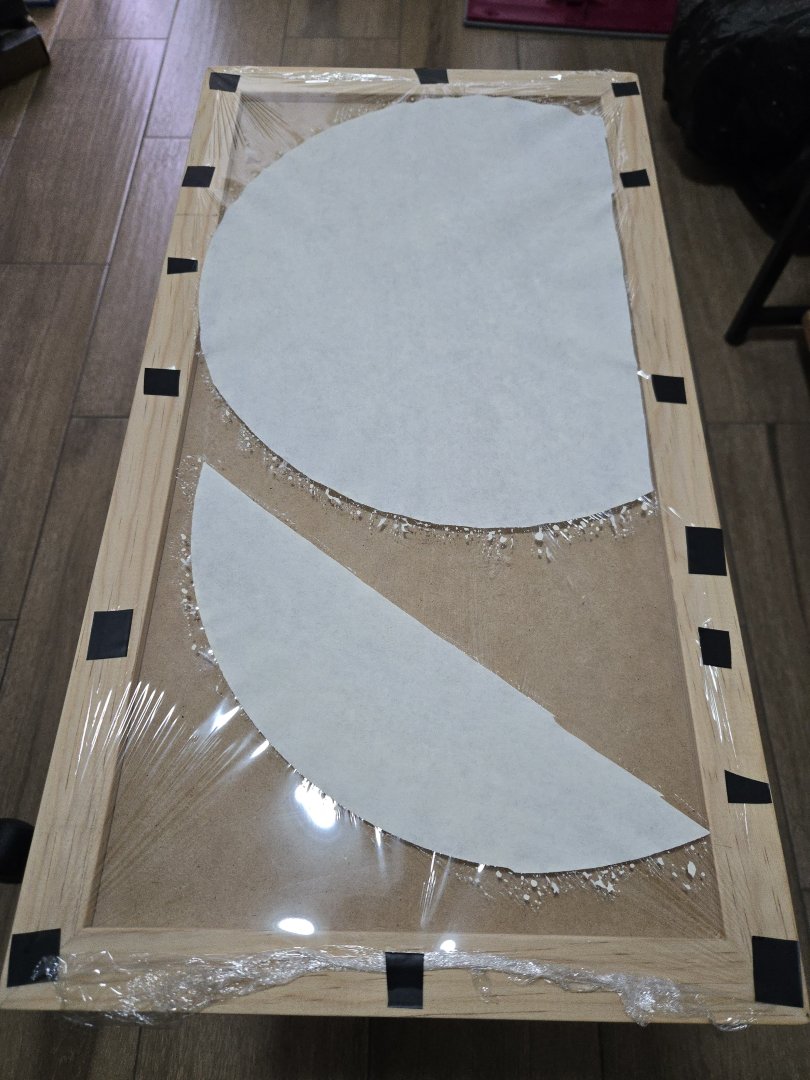
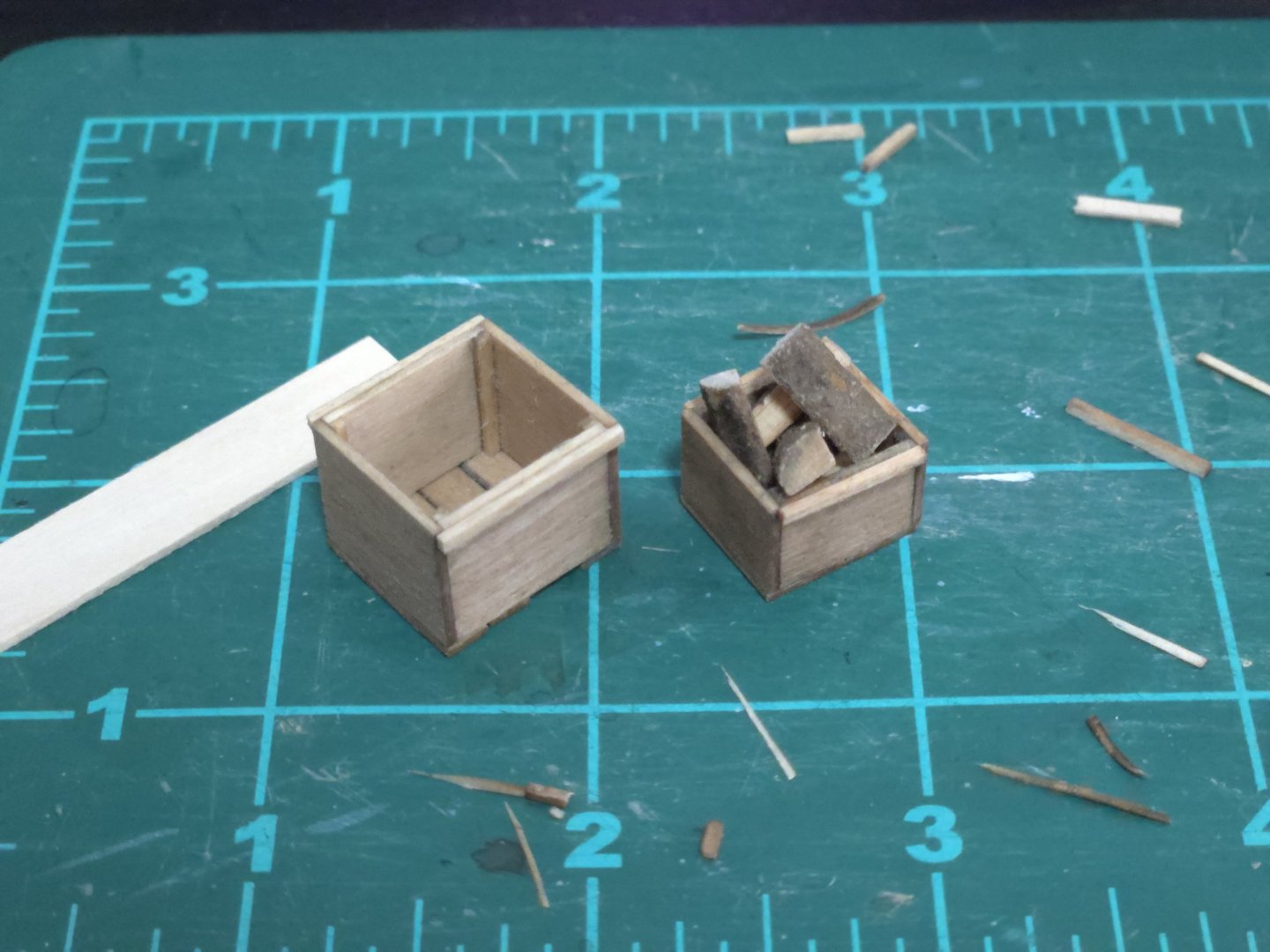
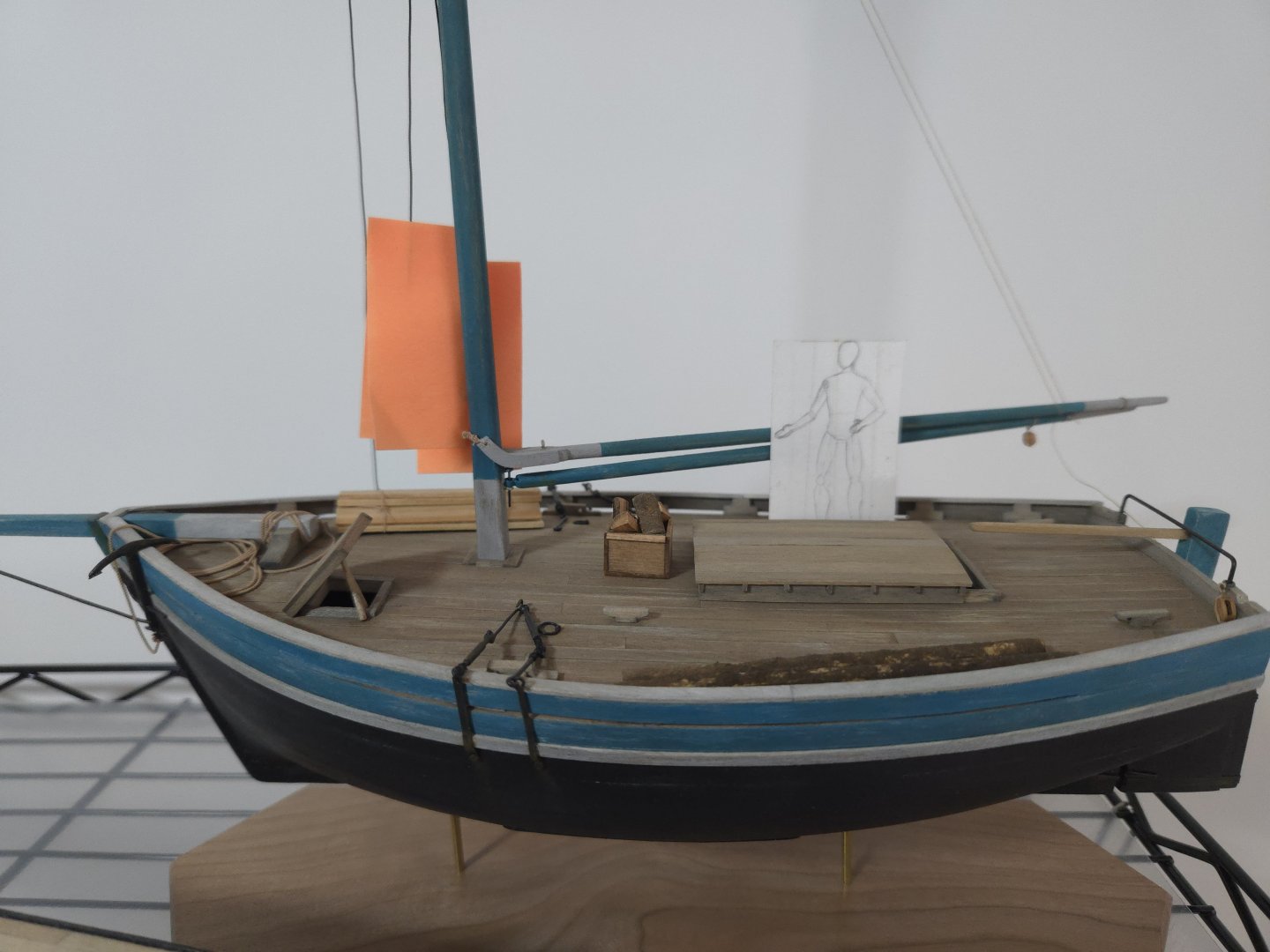
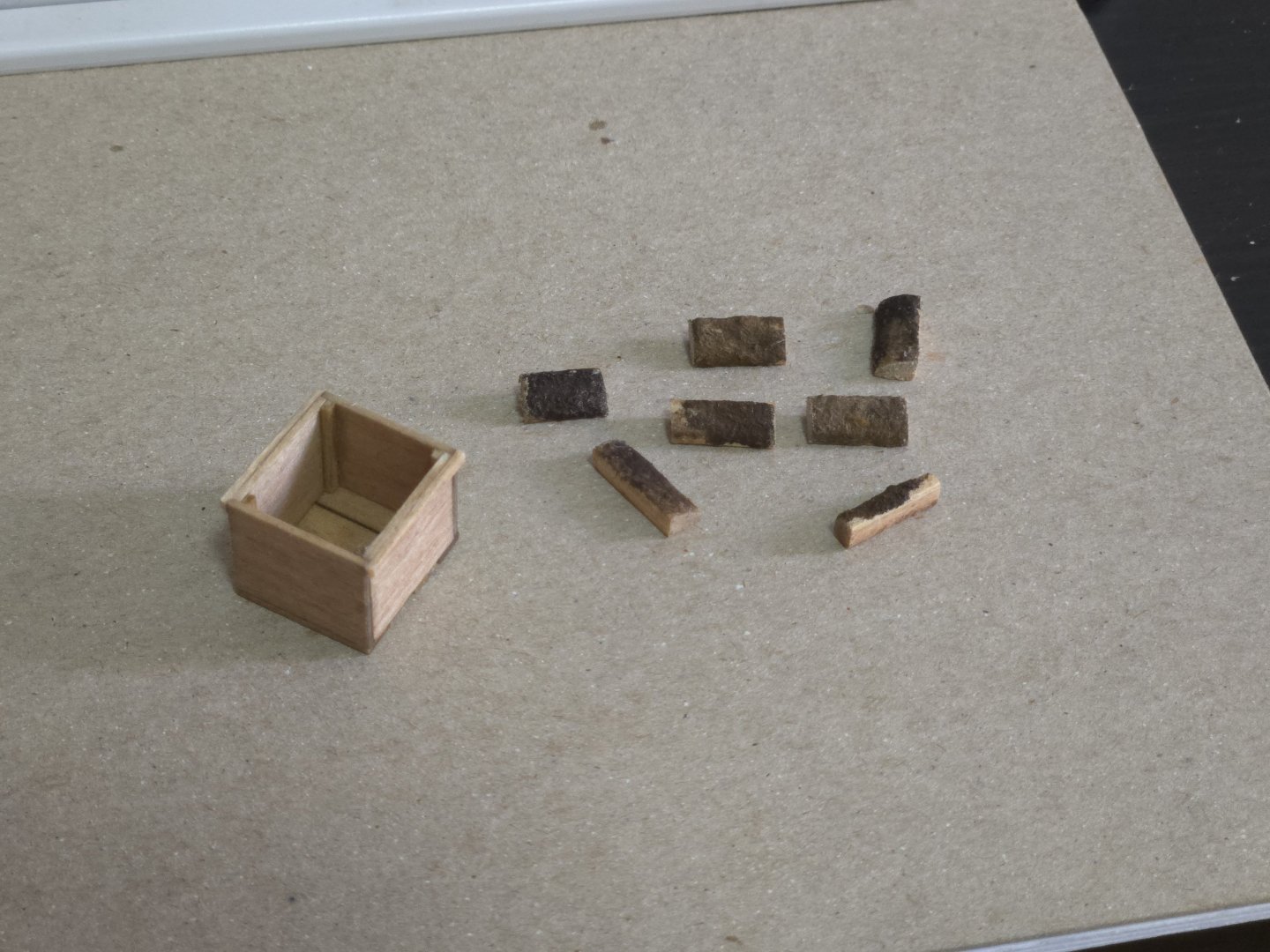
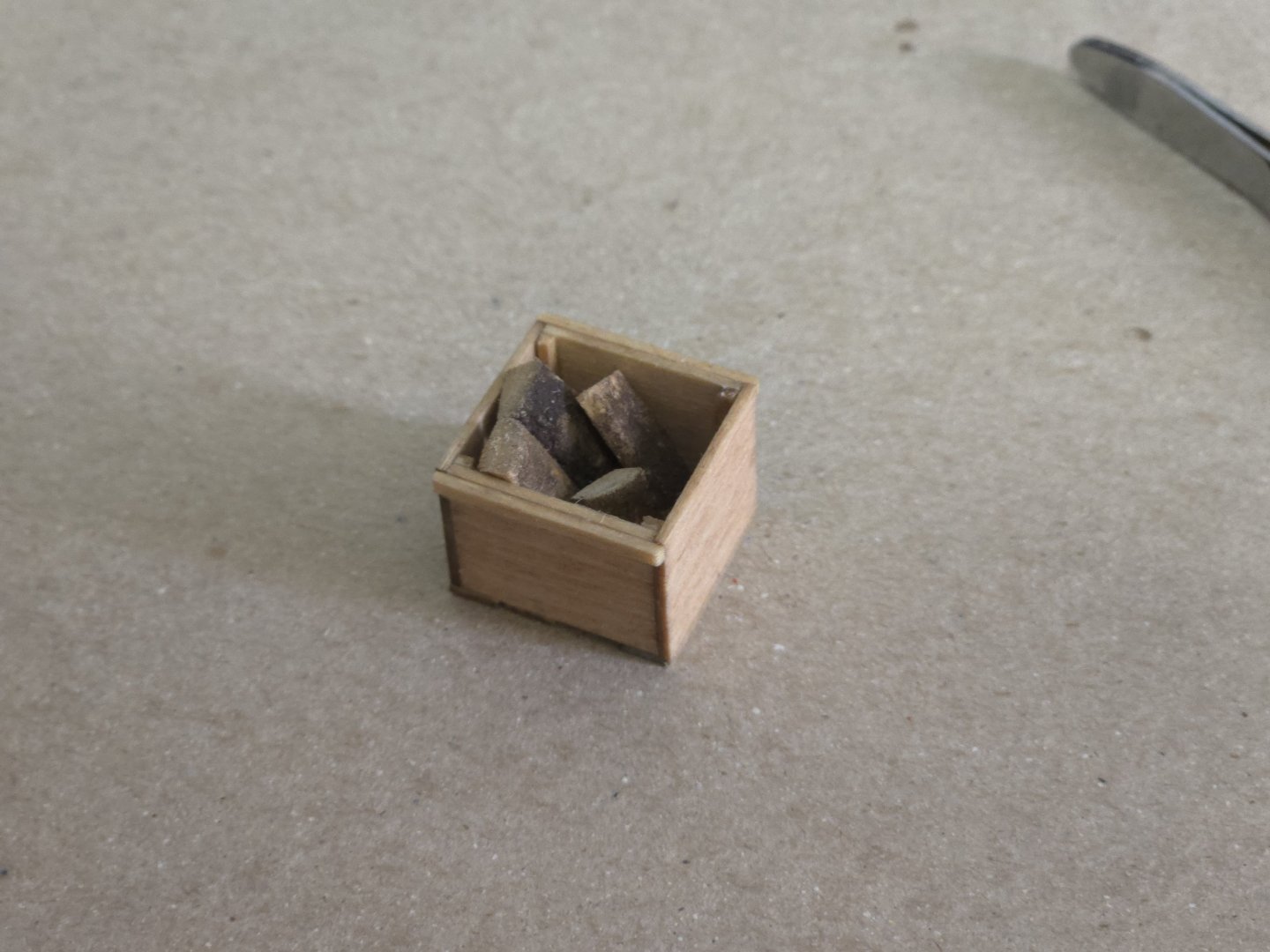
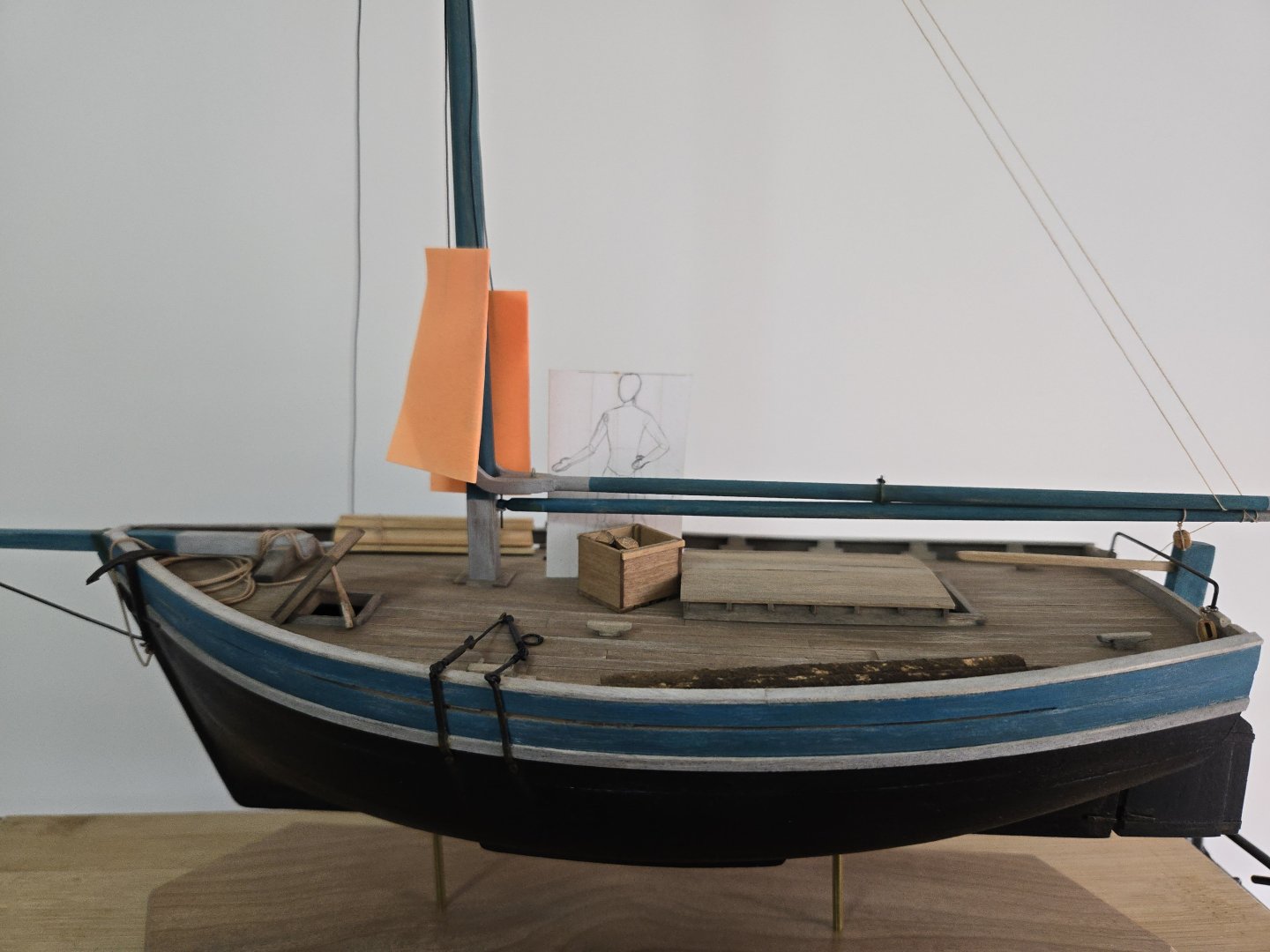
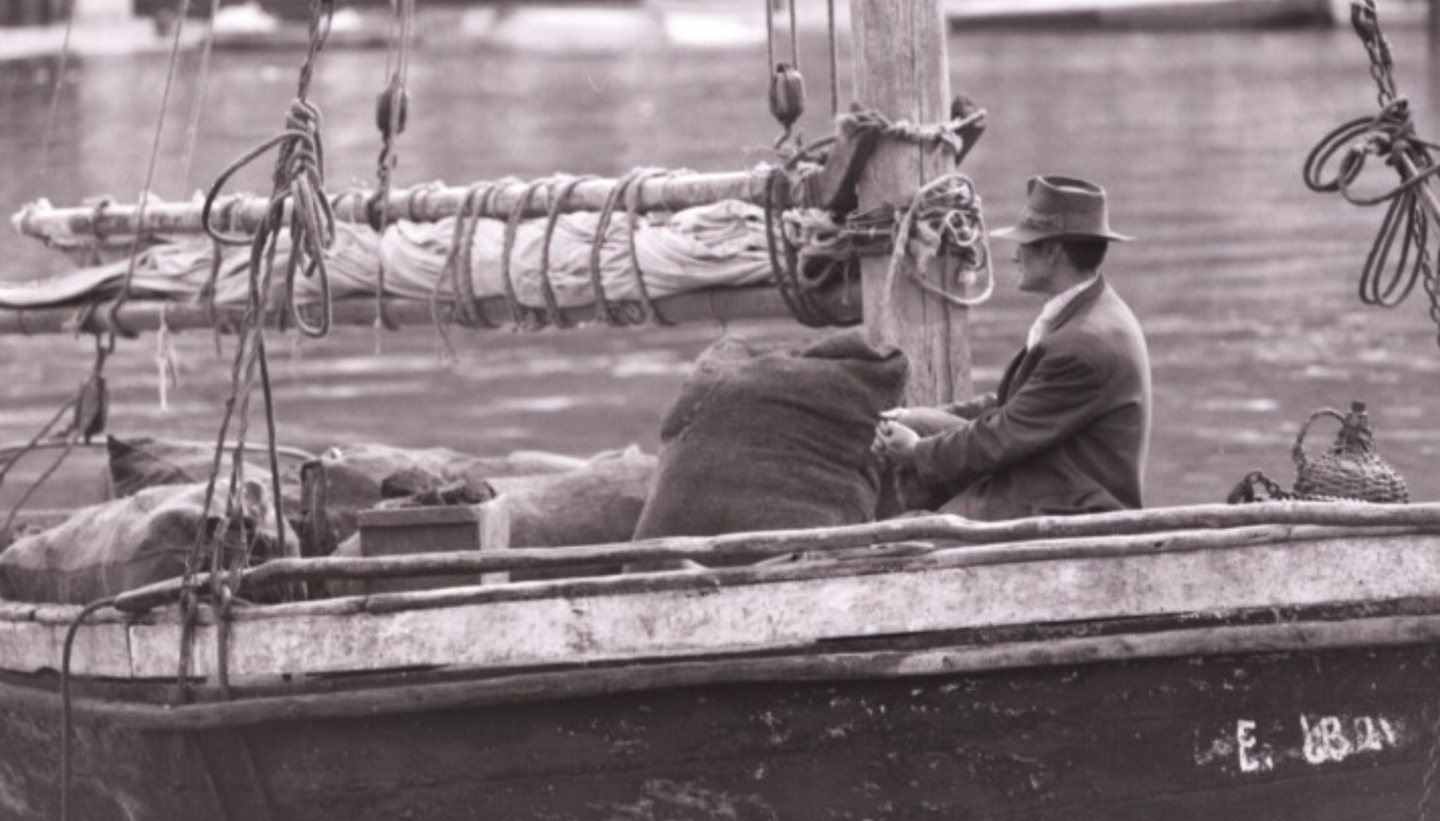

.thumb.jpg.02c5a403c919d5e2bafb35421e61f0ab.jpg)
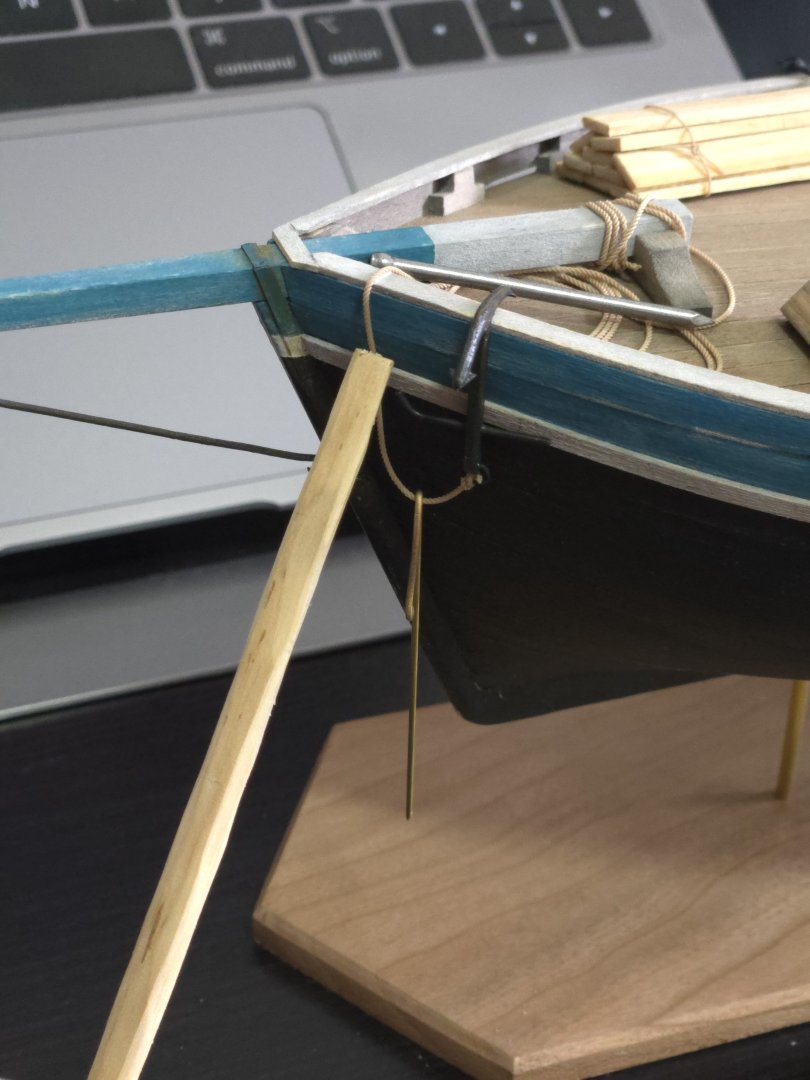
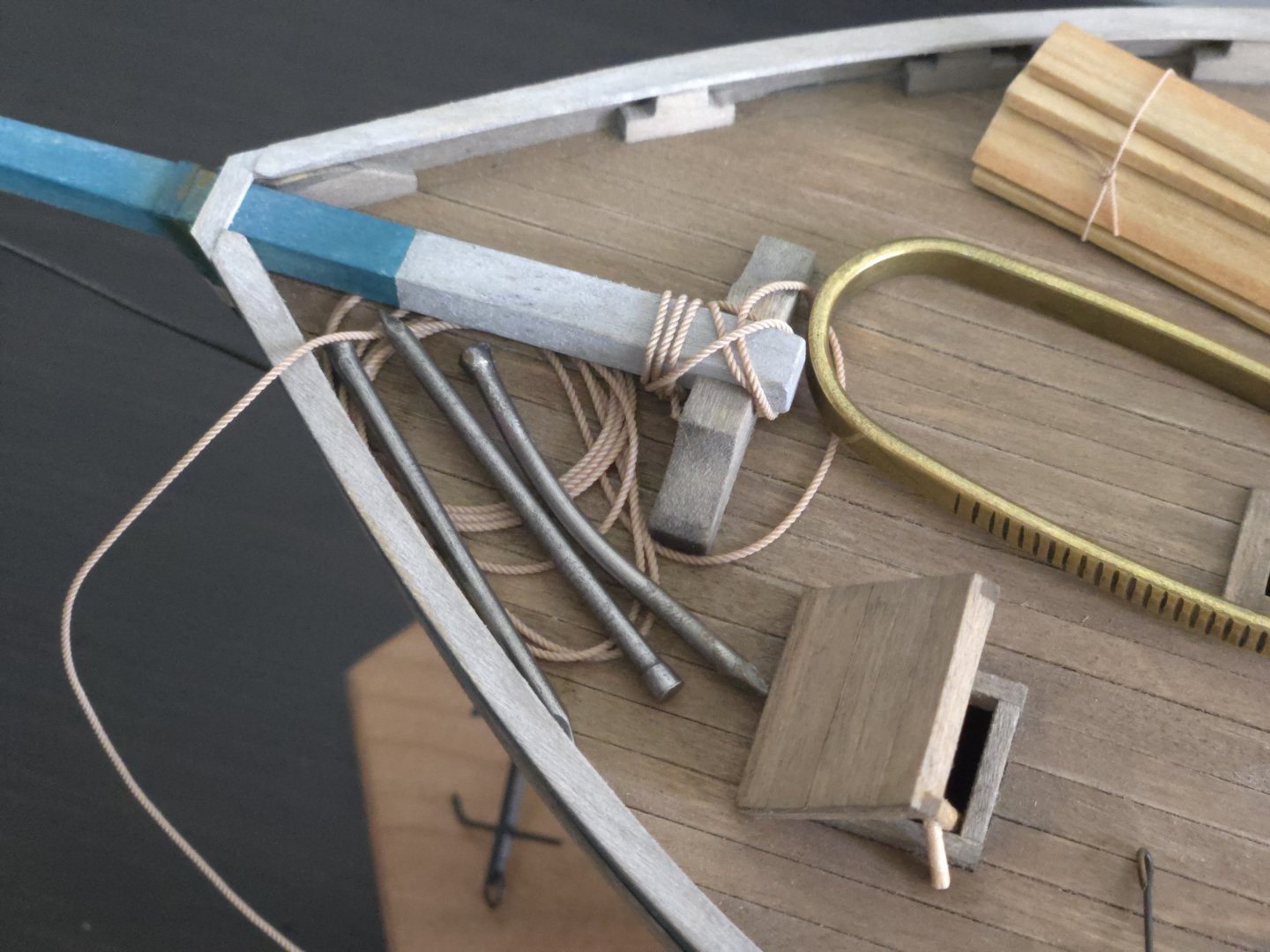
.thumb.jpg.4e87000fe82b354e3821e5def5823d16.jpg)


